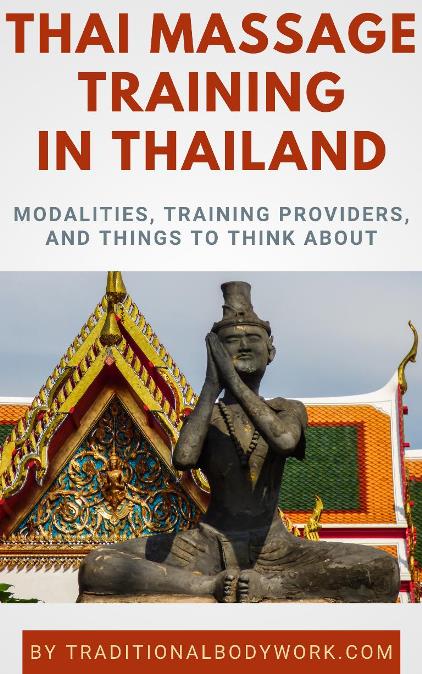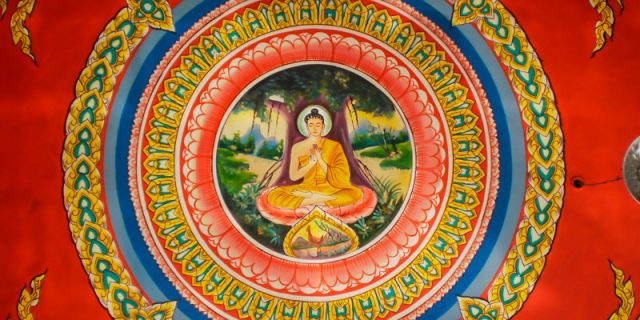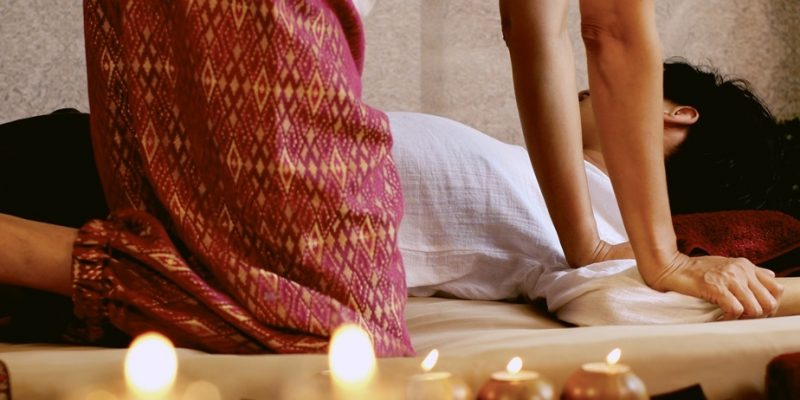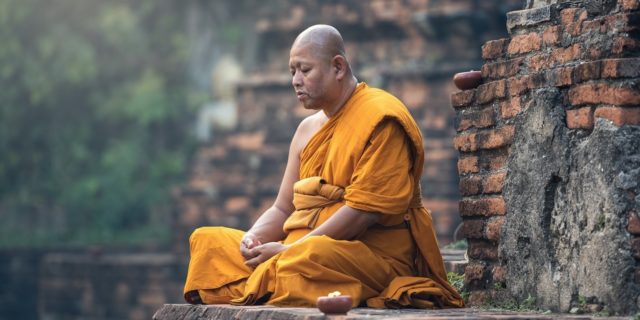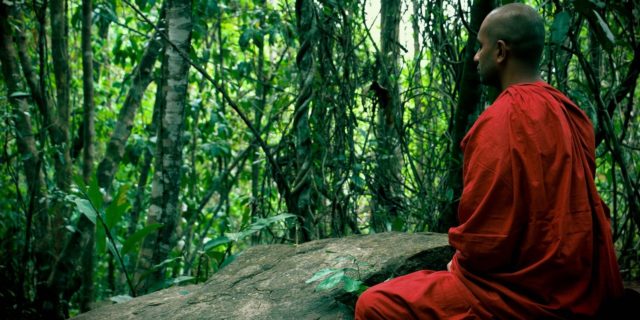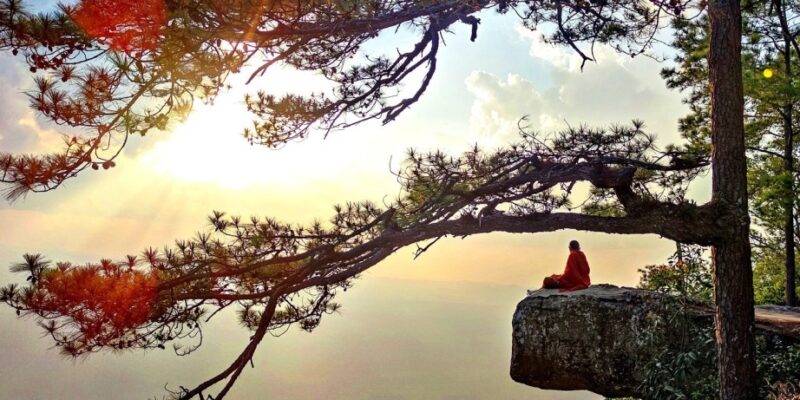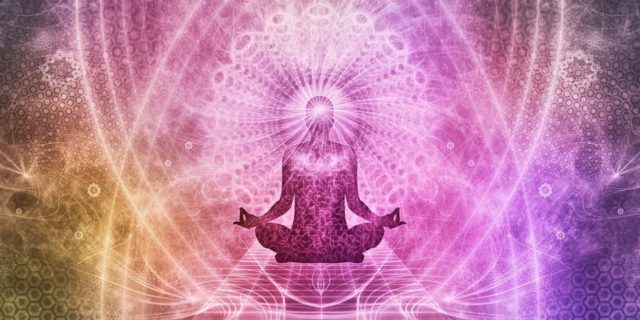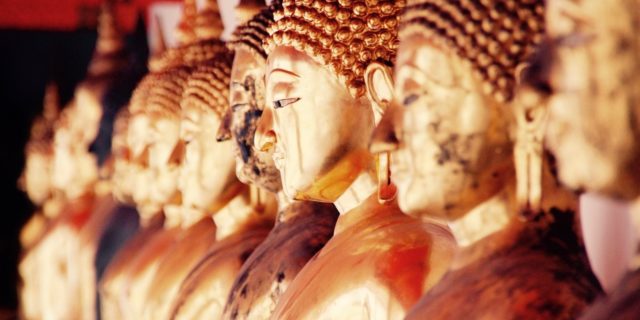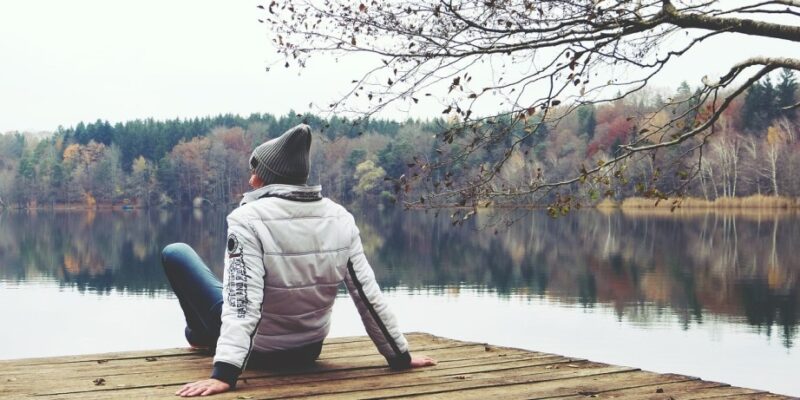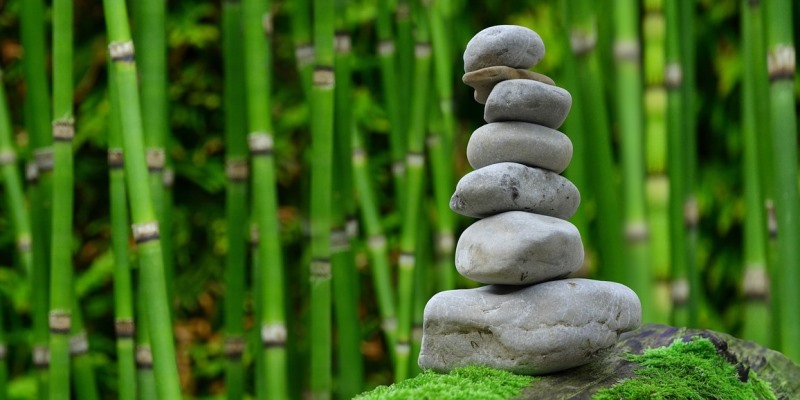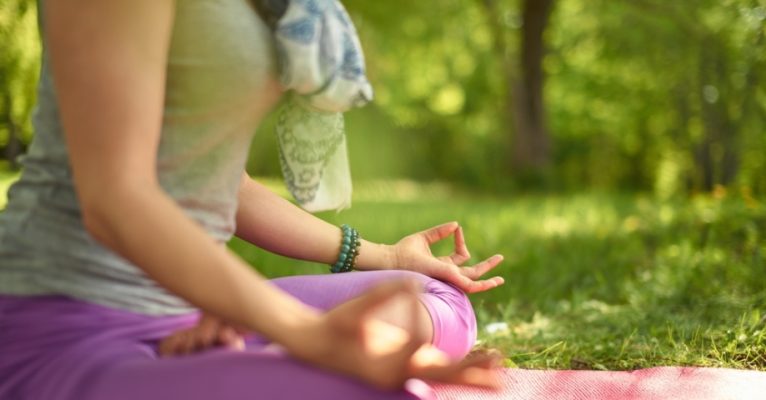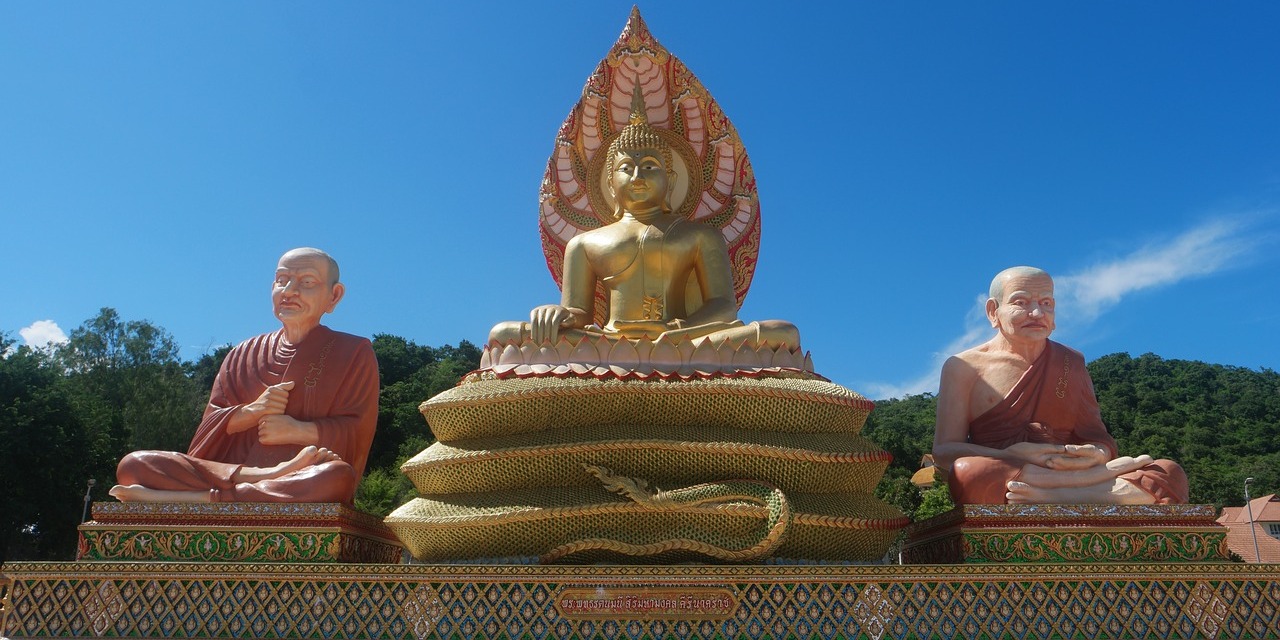
The Buddhist temples in Thailand were (and still are) the principal learning centers for Vipassana Meditation and Buddhism, and often also centers of education on numerous other subjects, such as languages, arts, medicine, vocational education, practical household and daily life issues, and so on.
Vipassana Meditation encompasses mindfulness in touch, in acts, in being, in daily life, in the way we do our work. The goal is coming to both an insight in and way of life that is based on a non-intrusive, non-judgmental, non-conceptual way of approaching the world, oneself and others.
In past years, Vipassana Meditation, Insight Meditation and Mindfulness training centers in Thailand have become rather popular among foreigners. Many visitors and tourists are interested in learning more about the practice and in this post we’ll give some general characteristics of meditation trainings offered in the country.
2. Vipassana Styles and Lineages
3. Vipassana Techniques
4. Training Duration
5. House Rules & Conditions
6. Training Location & Environment
7. Foods & Drinks
8. Daily Schedules
9. Preparations for the Course
10. Application, Tuition and Fees
11. Final Thoughts
1. Vipassana as a Buddhist Practice

Vipassana is a word in the Pali language (Middle Indo-Aryan Indian language) which, depending on certain interpretations, is translated as “insight,” “seeing clearly,” “see into,” “seeing deeply,” “seeing in a special way,” or “seeing that which is essential nature,” among many other translations.
In the Theravada Buddhist tradition (the dominant tradition in Thailand, Laos, Cambodia, Myanmar and Sri Lanka), Vipassana refers to insight into the so-called three marks of existence or three characteristics of all existence and beings: impermanence, suffering, and non-self.
In the Buddhist tradition it is thought that humans are subject to delusions about the three marks of existence, that the delusions results in suffering, and that the removal of the delusions will result in the end of suffering.
2. Vipassana Styles and Lineages
Over time, several Vipassana movements, schools, lineages and styles have developed, although the practice basically comes down to using or cultivating certain (meditation) techniques to finally reach “seeing clearly.” Seeing clearly that there is no permanent Self or “I” and that there never was. With that clear knowledge the illusion of suffering comes to an end which results in a balanced mind filled with love and compassion.
Known lineages are, for instance, the S.N. Goenka lineage with meditation centers across the globe emphasizing that the Buddhist path to liberation is non-sectarian, universal, and scientific, the Thai Forest Tradition which follows a meditation practice and lifestyle that resembled that of the Buddha and his early disciples, and the Burmese style of Mahasi Sayadaw which takes focusing attention on the breath as its core.
3. Vipassana Techniques
Meditation techniques used in Vipassana are basically those of strict self-observation, like observing the breath, moment-to-moment observation of whatever is happening within the body and the mind, seeing the interconnection between mind and body, and our mental and psychological conditioning.
By continuously bringing ourselves back “to the now and current moment” we can come to a direct experience and understanding of how our minds and body work and how that (unnecessarily) produces suffering.
The most common techniques used are:
- Sitting Meditation (focusing the attention on the physical sensations of sitting and of the breath coming in and out of the body);
- Walking Meditation (keeping attention on movement and touch sensations of legs and feet);
- Eating Meditation (paying close attention to taste sensations and the way we eat);
- Working Meditation (keeping concentrated attention to the physical way we do a certain work, like cleaning, gardening, carpentry, and so on);
But also:
- Studies of the theory and scriptures;
- Talks, questions & answers, gatherings, chanting, and the like.
The meditation practices are not only limited to special periods of sitting and walking and so on, but can and should be extended to all our activities during the day.
4. Training Duration
Depending on individual learning centers (and lineages), you’ll find 3-day, 10-day, 20-day, 30-day, or 45-day courses, usually in the form of on-site retreats (with accommodation). Some courses may demand certain prerequisites, that is, having taken certain foundation courses first before being admitted. Then again, some training centers are rather flexible, sometimes only asking for a minimum stay but having no fixed course durations. Other centers really want you to attend the whole course you applied for, rather not permitting you to leave in-between.
5. House Rules & Conditions

All training centers will have certain house rules and other very specific rules of moral conduct. The first most obvious ones – seen from out a Buddhist stance – are following the five Buddhist precepts for the duration of the course, that is, to abstain from killing any living being, to abstain from stealing, to abstain from all sexual activity, to abstain from telling lies, and to abstain from all intoxicants (including smoking).
Then – depending on the training center – there may be many other rules such as not to eat after noon, to abstain from sensual entertainment, not having physical contact, to abstain from using luxuries, not using the (smart)phone or computer, certain clothing, no reading or writing, and not talking or communicating during the course with other students (or only during specific hours).
Basically, without no exception there will be a separation of men and women, each living in their own area i.e. quarters and having their own room. This also counts for couples, friends or family.
Mind that some centers have English speaking monks or helpers, and others not at all.
6. Training Location & Environment
Very much depending on the center (and their lineage) you will notice that training locations differ widely. Some meditation centers are located in the mountains, other in forests, on an island, and then again others simply in the midst of a city or village.
As said above already – the centers are often directly attached to a temple (named Wat in Thailand) but this is not a rule. Some centers are located at quite a distance from the temple they belong to, other centers are not at all connected to a certain temple but independent Vipassana Meditation training facilities.
7. Foods & Drinks
Generally, vegetarian meals are provided, drinks are plain – like water and herbal teas – and food brought from outside is not permitted. But there are many exceptions here – some centers allow you to buy sweets, sodas or take coffee. Of course, alcohol is always forbidden. Other centers take in consideration if you have – for instance – diabetes or are pregnant – and can supply special foods or allow you to take those with you and use them.
8. Daily Schedules
Centers will have a strict daily schedule. They usually all start very early at about 04:00 or 05:00 in the morning. There will be a certain time for meditation, chanting, eating, some breaks, working, attending discourses, a time for questions, or personal talks with the teacher, and the like. Most of the time you will retire to your room somewhere between 20:00 and 22:00 hours. Almost all trainers will have the schedule visible on their websites.
9. Preparations for the Course
Make sure you have a valid visa for the duration of your stay at the retreat. If not, you will be denied access to the course. Additionally, the center will often keep/hold your passport during the course duration.
Some places have strict arrival and departure times and may ask you to bring (or not bring with you) all sort of items. Think of things like bedding, certain clothes, toiletries, repellents, footwear, and so on, all very much depending on the place, climate and environment.
In any case, read well the information supplied about the prerequisites, conditions, house rules, and daily schedule before applying for your course.
10. Application, Tuition and Fees
There are centers that want you to apply beforehand by mail, others only accept your application in person. Usually, Vipassana courses are run on a donation basis (you decide what you want or can give) although of late we see more and more centers asking a minimum contribution per day for food expenses (not for the course).
11. Final Thoughts
Although there’s a general common thread in the way Vipassana training is done in Thailand, the circumstances, natural environment, requisites, meditation techniques, and styles and lineages vary considerably depending on the training center.
I think it’s rather important to prepare yourself well before applying for a certain course. Take seriously into consideration what you are able to, can and want to avoid disappointments and unnecessary difficulties. Try to thoroughly read and digest the information supplied on temple or meditation center websites.


